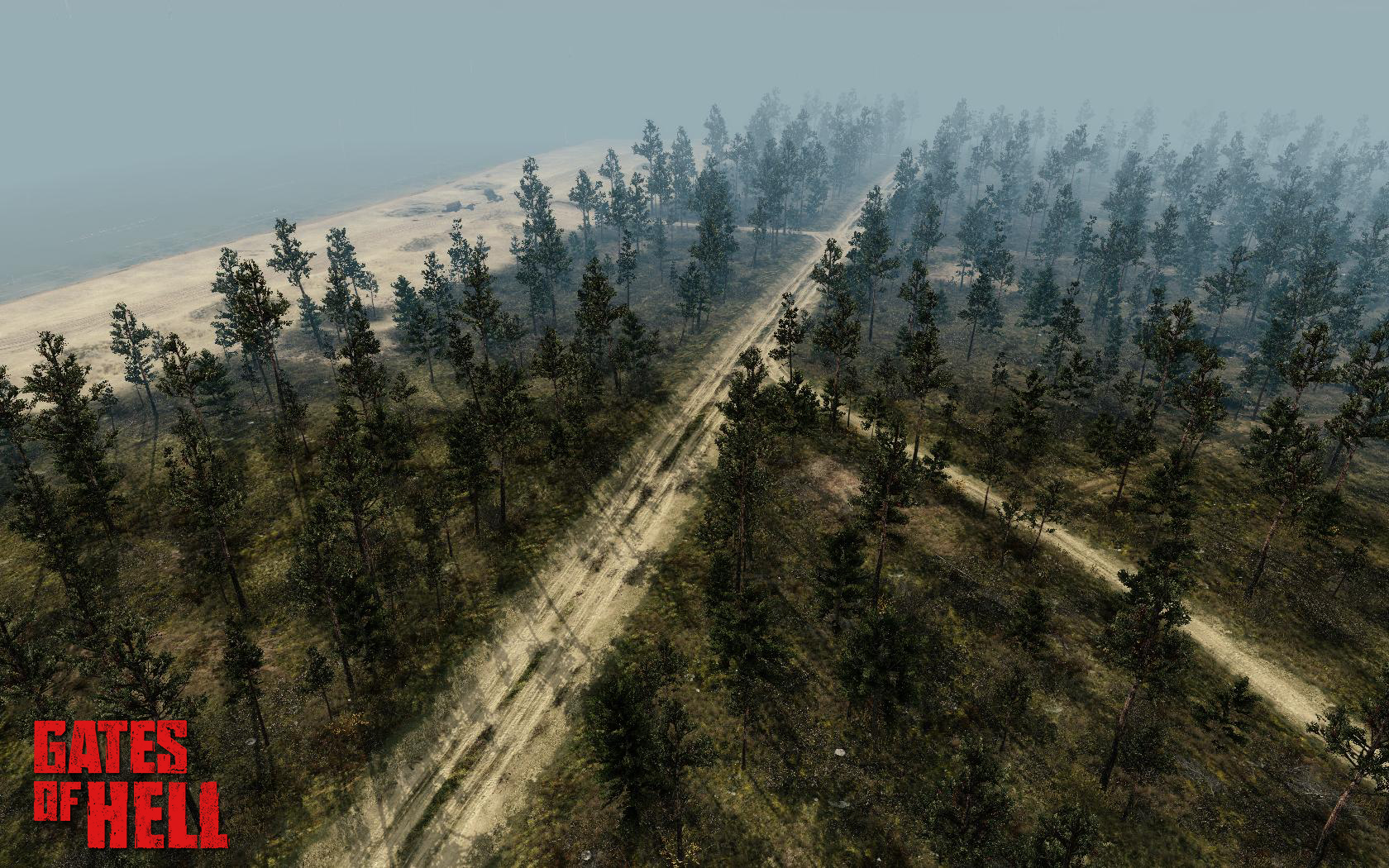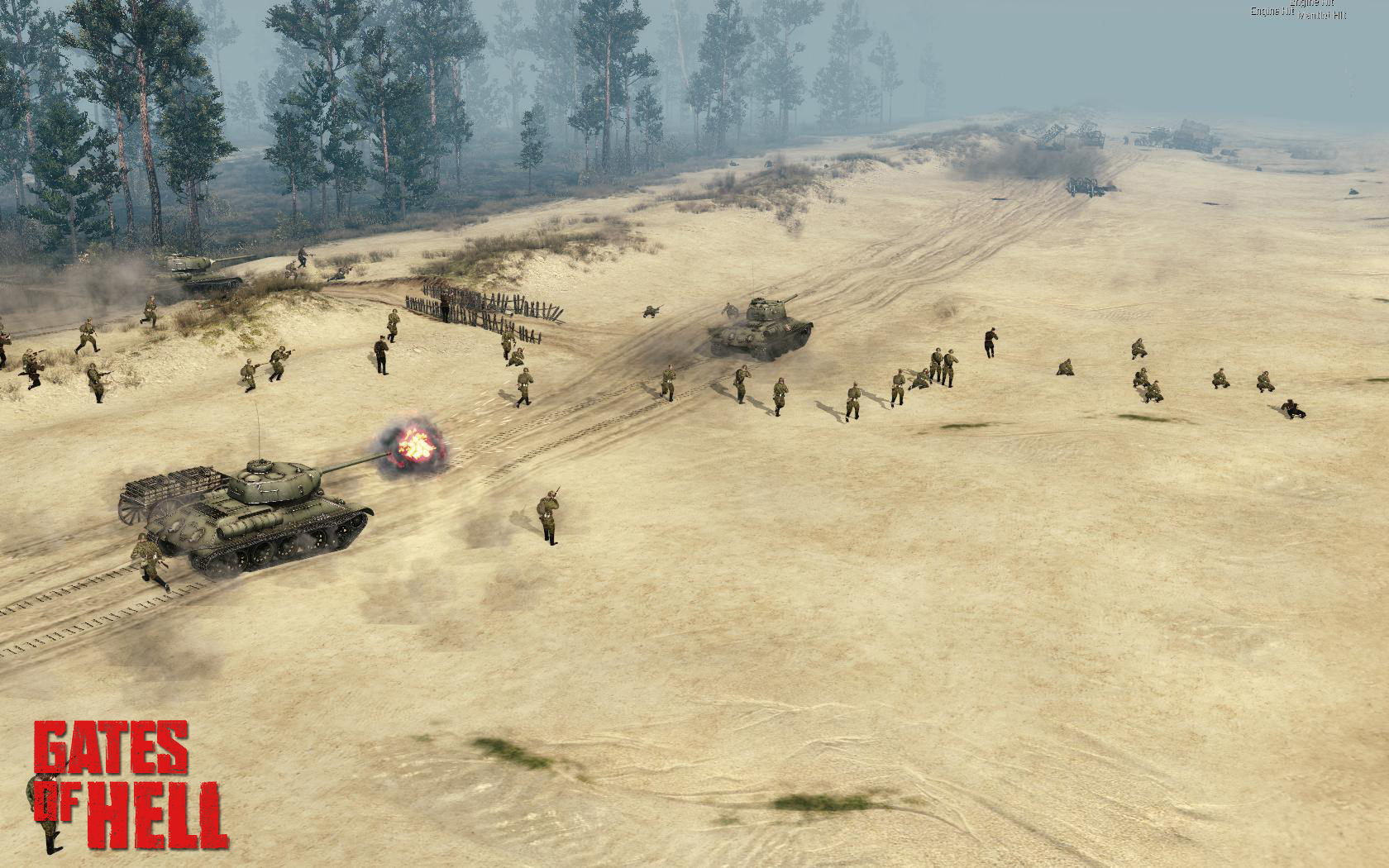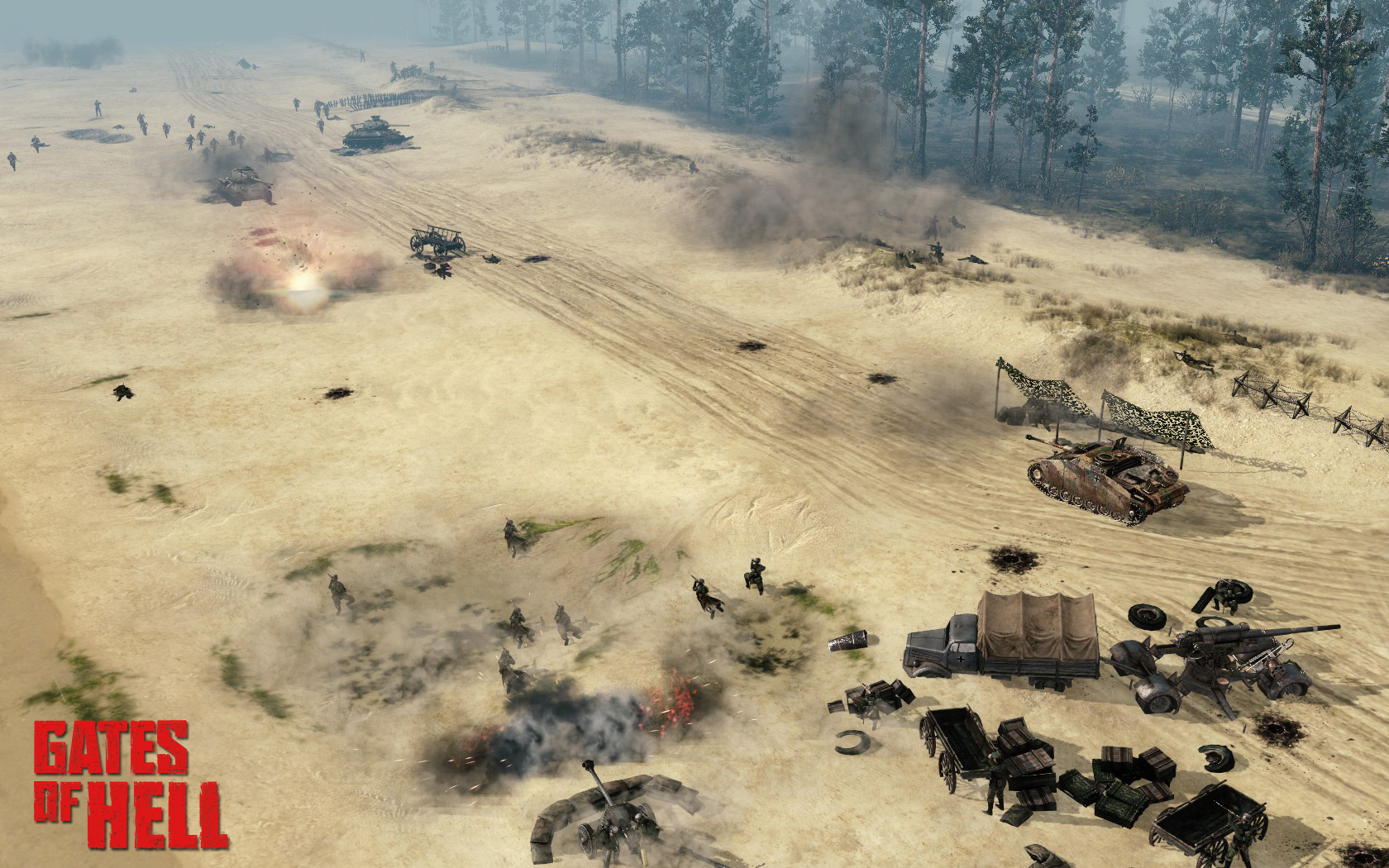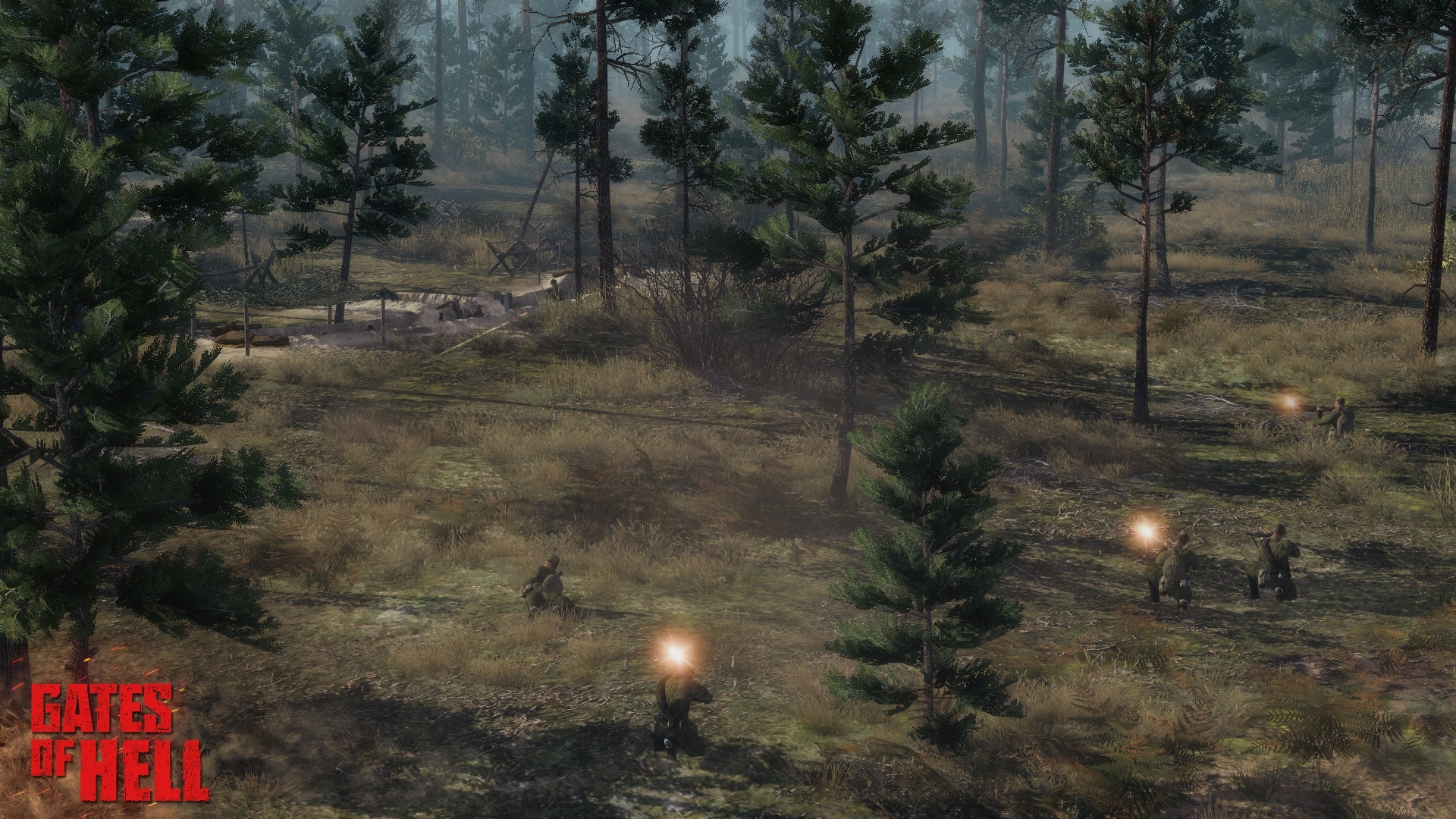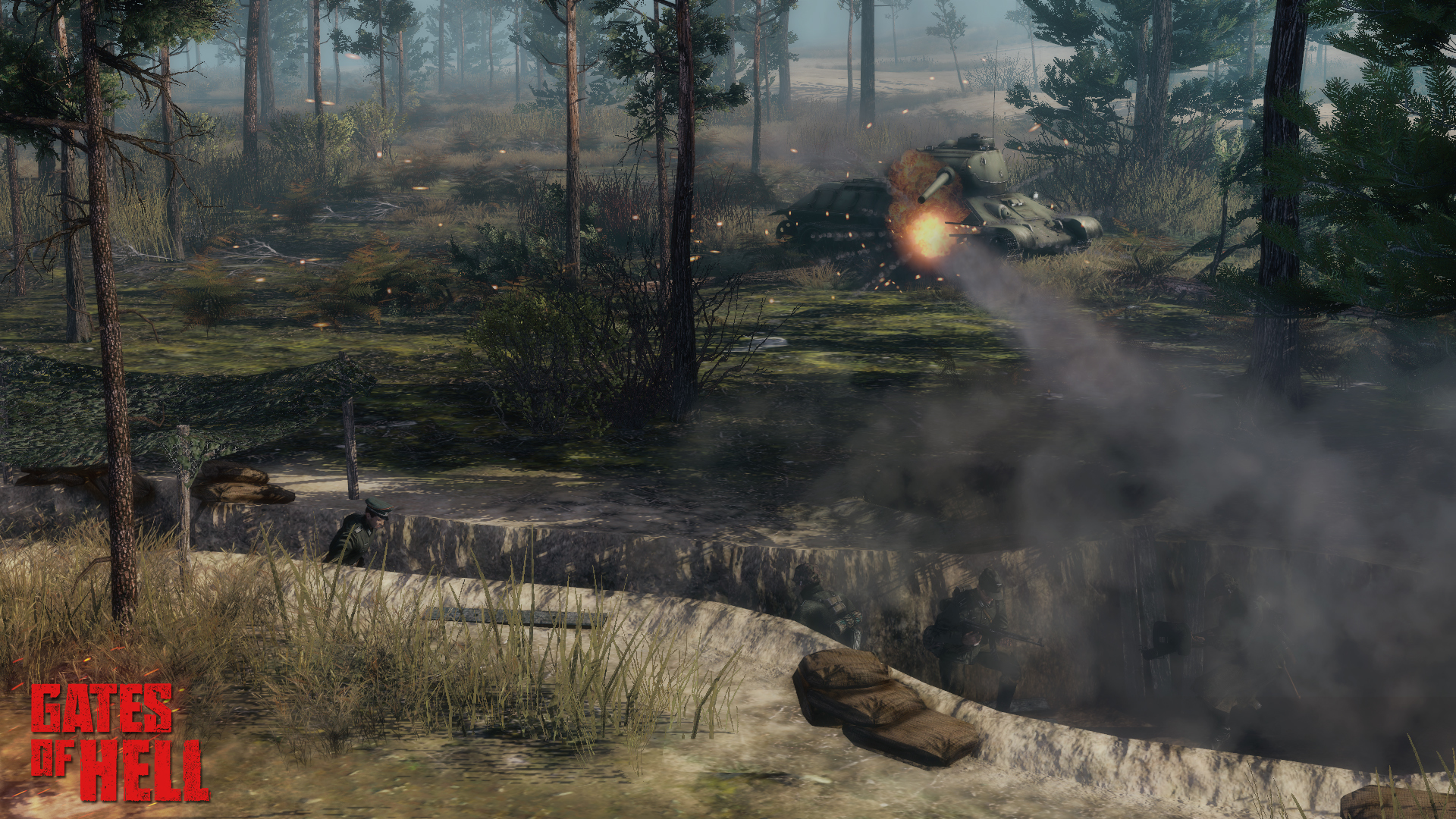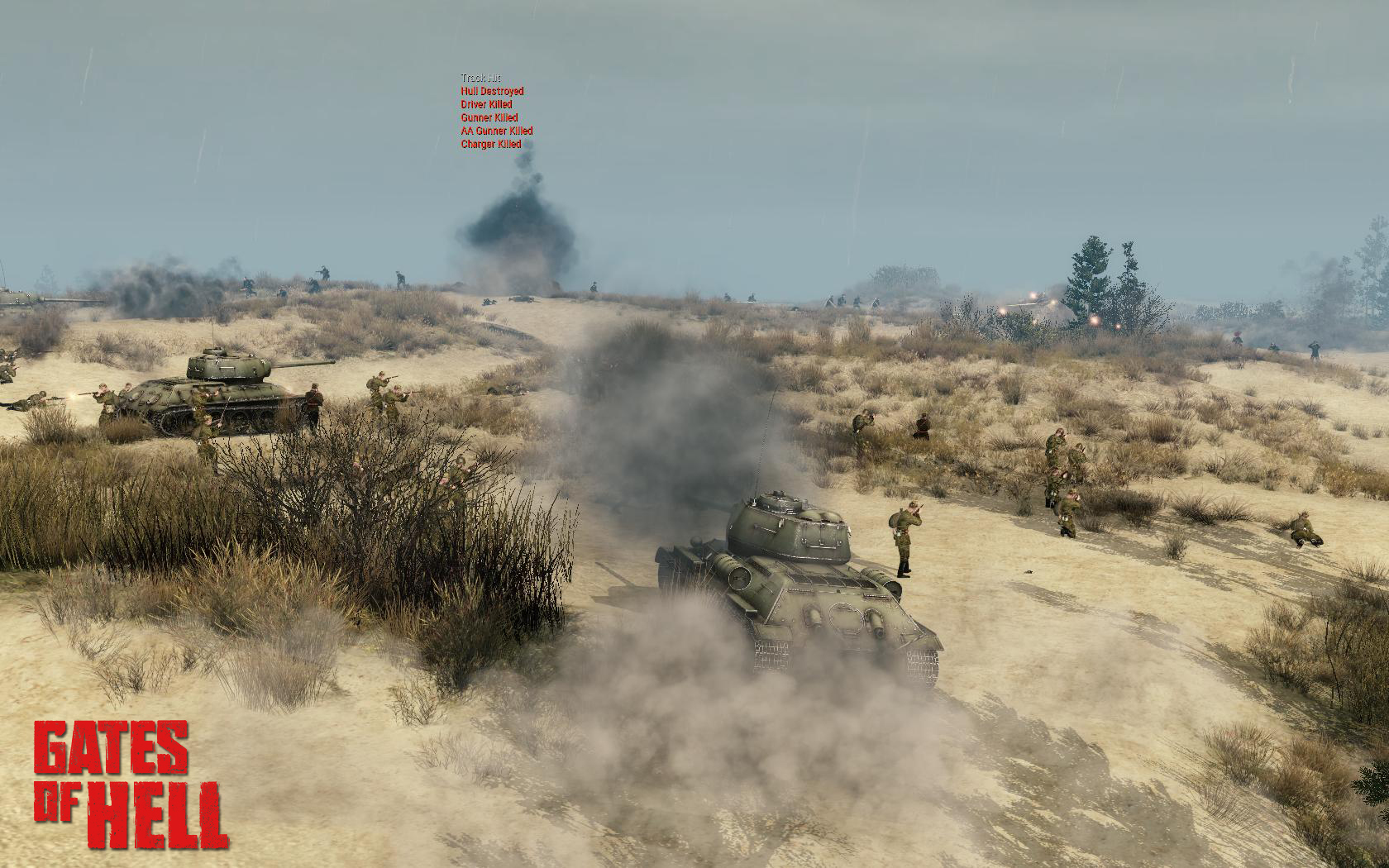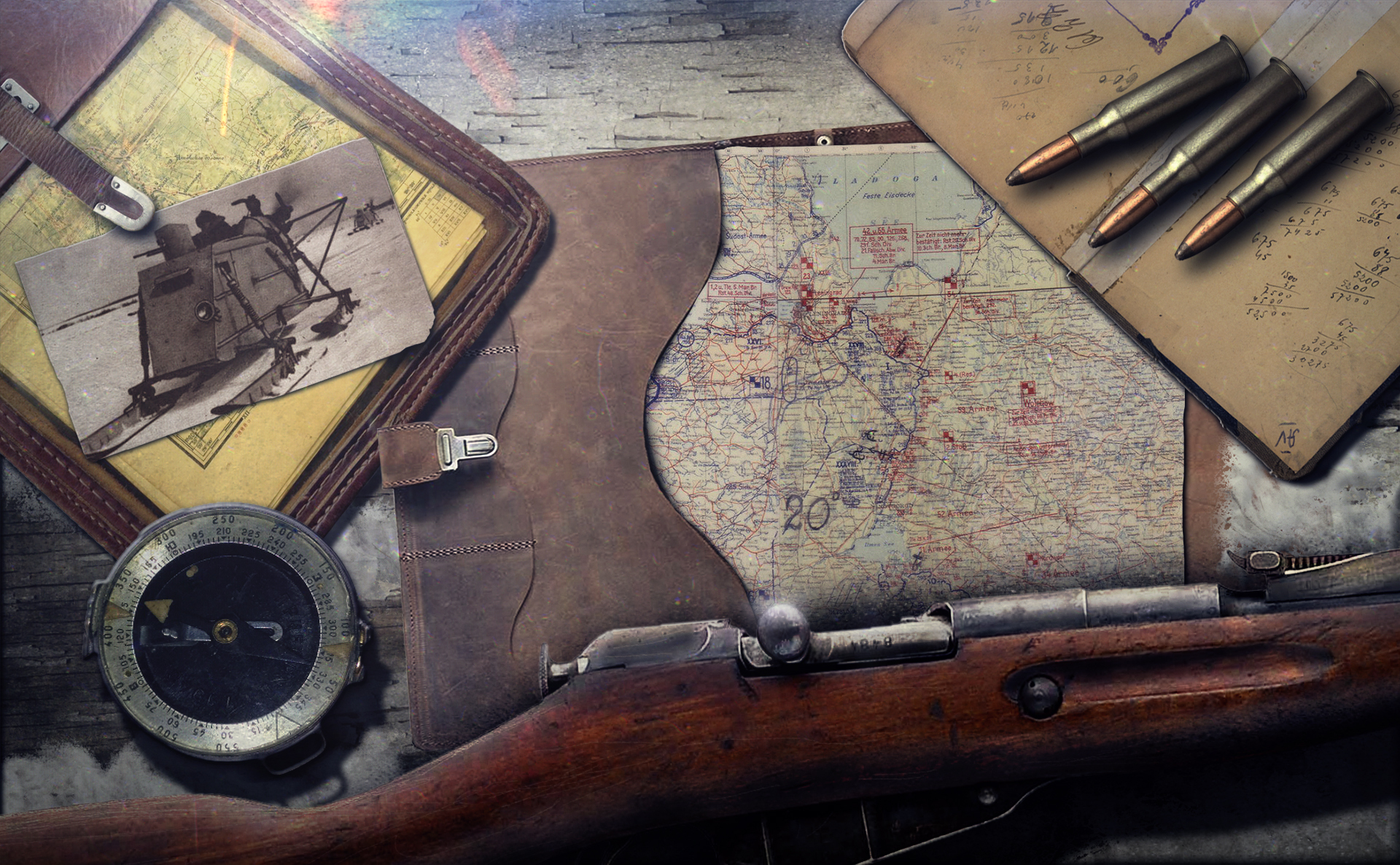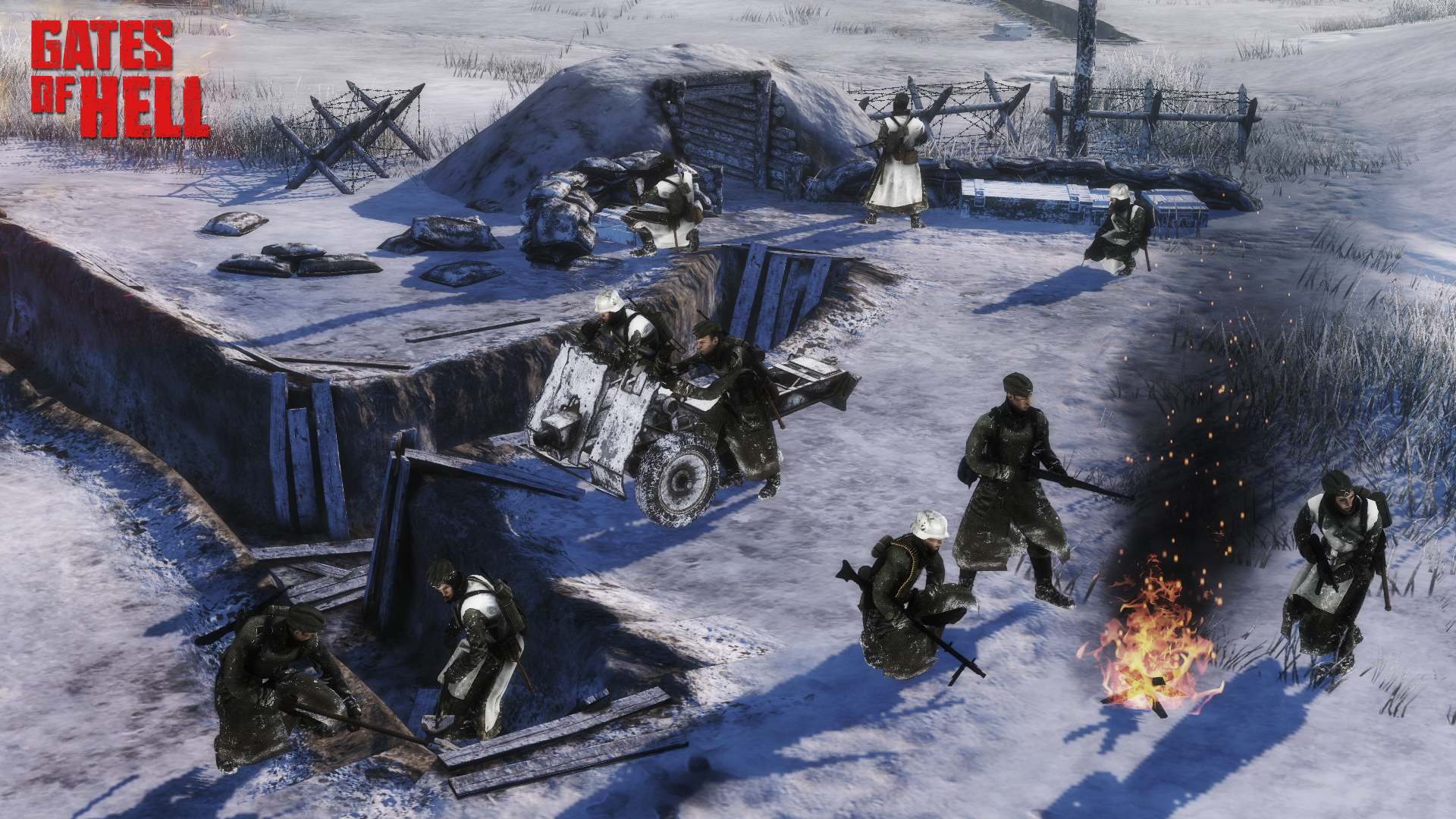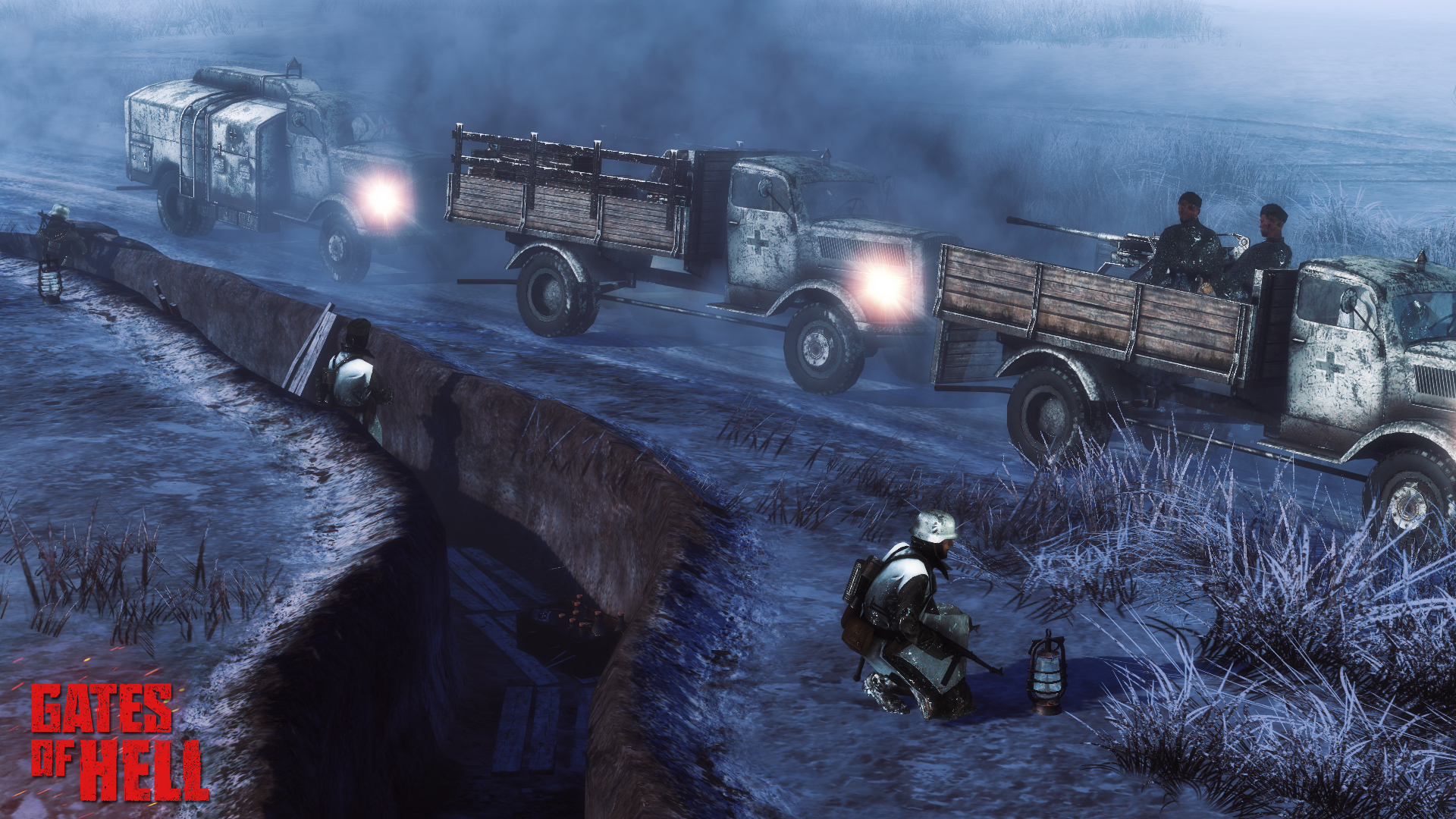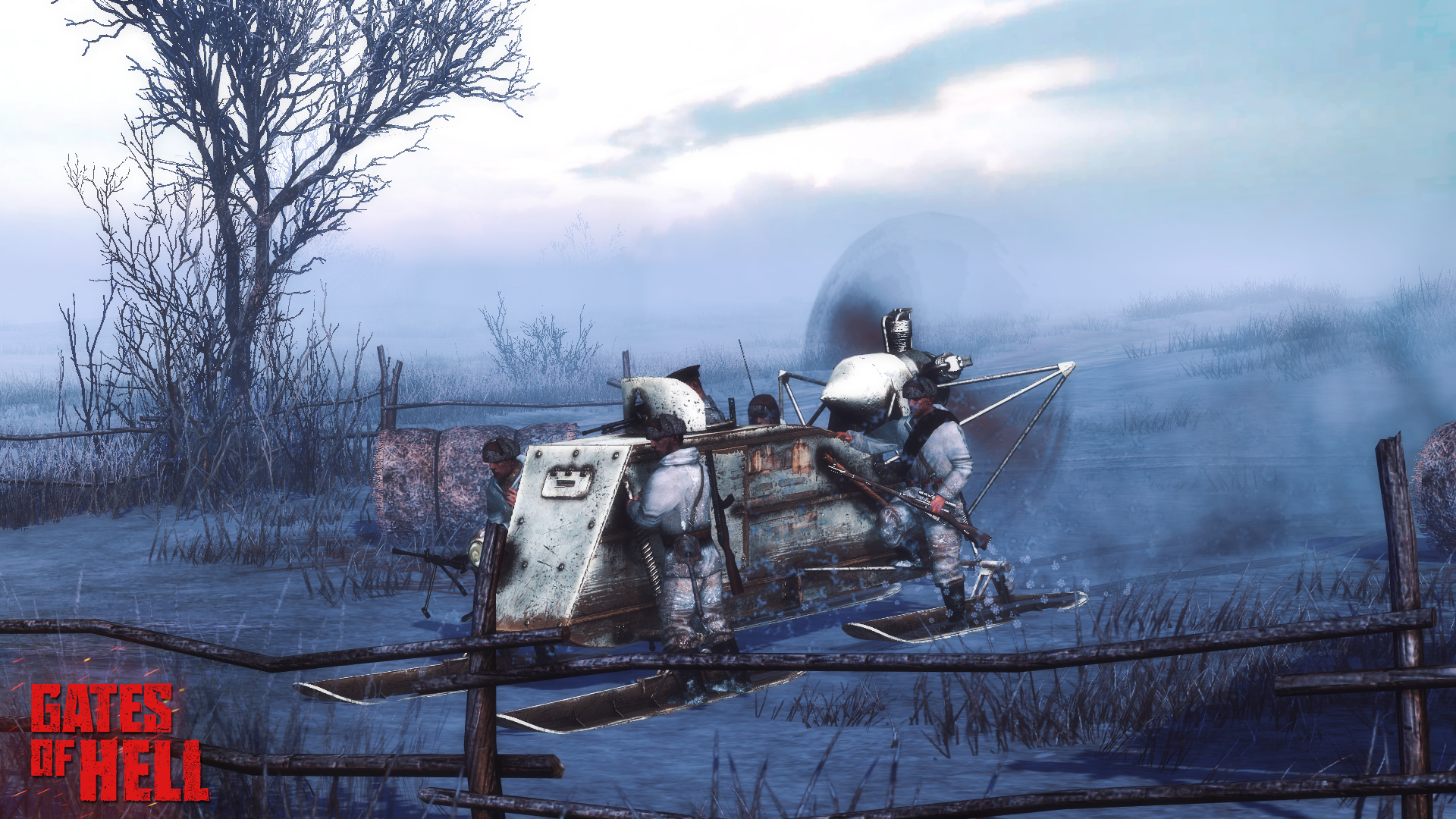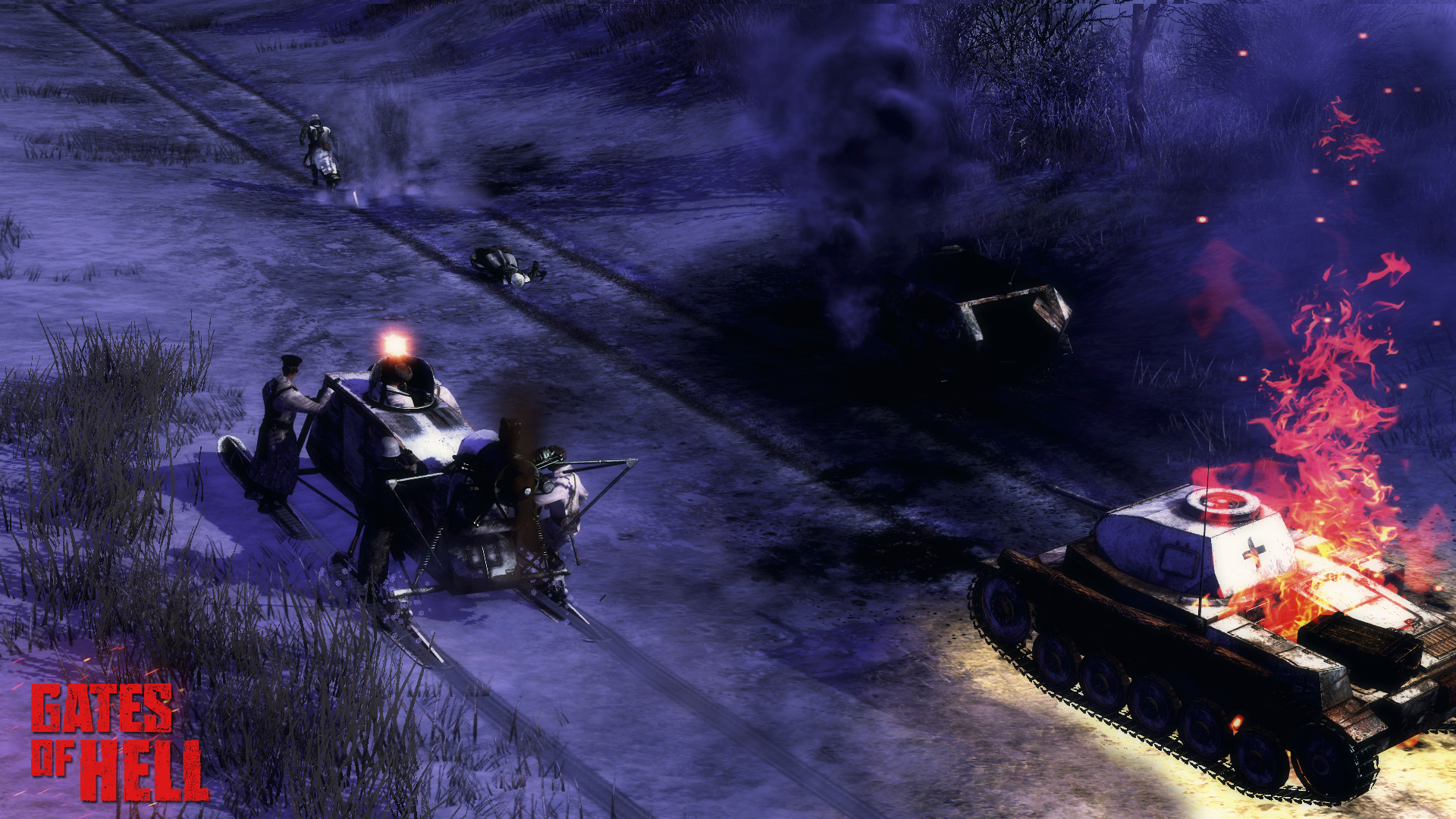Devblog #74: Animations
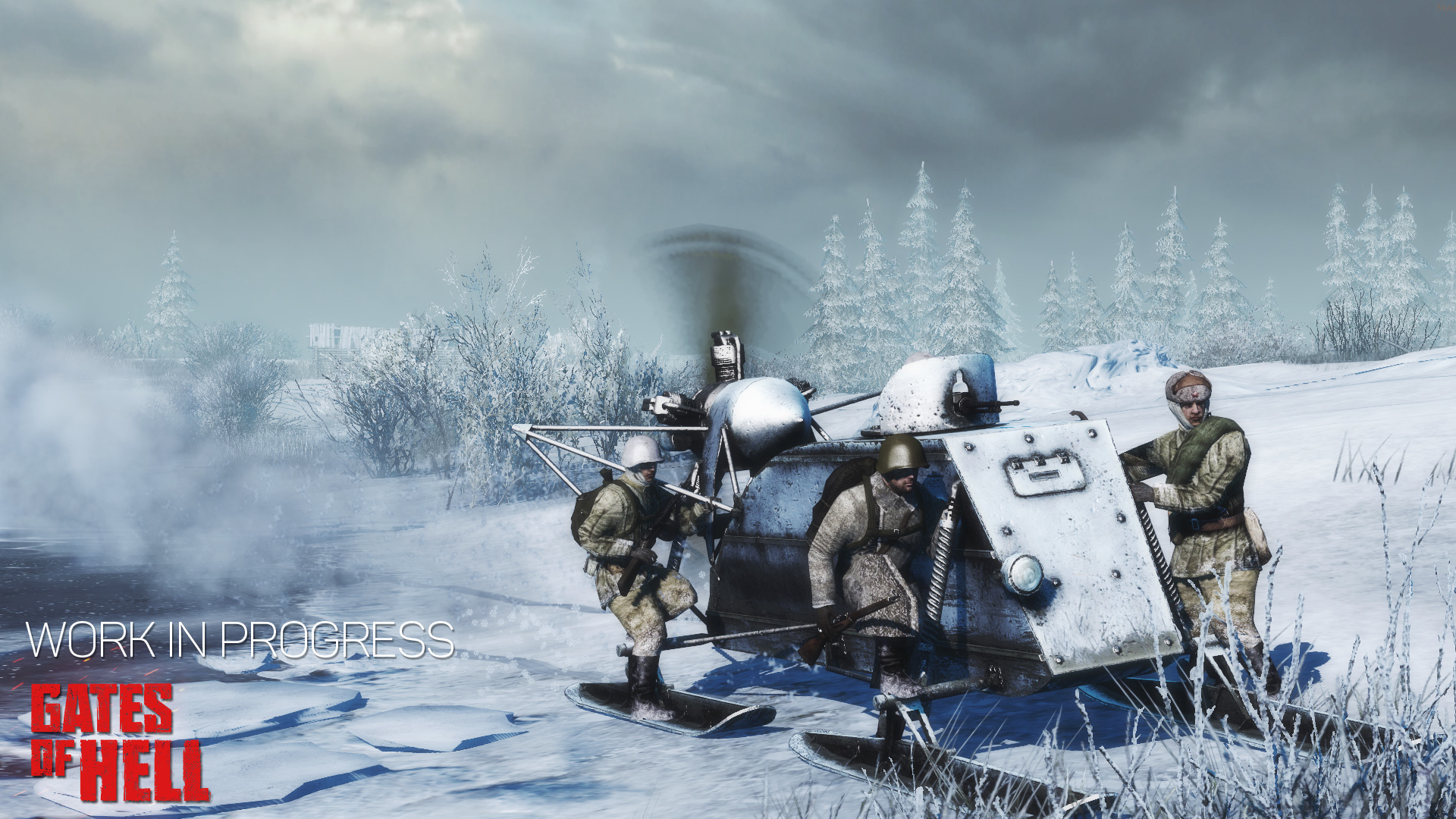 HD link
HD linkHello everyone, here we are with a fresh update.
This time we want to tell you about something completely different, something very important in every game: animations.
As suggested by the community, we need to do something about the animations, as they are extremely important for immersion.
That is how we see the subject. It’s the reason why we are developing all- new animations for human models. We don’t want to keep animations for humans from the older game; everything has to go! We will make a start with this for EA and complete it in the full version development cycle and beyond.
The translation of “we want better animations” is that we want to
- Make soldiers look organic in their motion.
- Make animations fluent so they don’t break up or look buggy, eg. moving their hands about at Mach 3 when they loop or switch animations,
- Prevent soldiers from starting oscillations of animation strings that makes them look like they are ‘dancing the samba’.
- Make soldiers look realistic when they are idle - they will squat down to get some rest, switch their weapon from one hand to the other, look around every now and again (facing forward ALL the time is not how a soldier is instructed to behave, situational awareness for the AI will now be better).
- Give humans realistic movement limitations. In previous games released for ‘Gem2’ game engine, soldiers INSTANTLY rotate and shoot at the enemy without aiming.
In GoH, the swivelling of head/ hip/ arm/ legs takes time, soldiers are no longer instant turn- and- shoot machines. - Introduce AI reaction time (current setup is 0.2-0.5 seconds for the soldiers to analyze and “react” to sudden events).
- Make soldiers have custom animations for boarding or unloading of vehicles, so they move around the vehicle much more naturally.
It’s obviously nice to know what you want, but let’s complete this thought with what we really do not want to see:
- Robotic-looking animations and weird postures
- Soldiers that look like statues pointing their rifles in general directions all the time
- The cliché that for a strategy game ‘a basic set of animations will do’
- Soldiers disappearing in the middle of nowhere as they enter vehicles because they use a generic boarding animation that does not match the hatch/ door positions of the vehicle, so the animation finishes halfway outside the tank as the soldiers vanish.
We’re quite sure you will have seen these odd things in some games; in due time we will make them become a thing of the past….
Gameplay
Animations and behaviour have quite an impact on gameplay; besides the fact that we will make sure the animations look better, obviously, gameplay will improve considerably on a number of counts.
For vehicles we have strong improvements in the pipeline, too.
We are working to have custom animations for every individual vehicle (in the full version, not in EA), something that has rarely been done in any game before. This is a very long process, which will take years to complete, so a lot of animation work will be done post-release. We want to make soldiers synchronize seamlessly with the motion of vehicle doors/hatches and avoid “floating” soldiers or the like. One cosmetic feature we are working on are animations for boarding vehicles. Soldiers will holster/ unholster their weapons, ready to go for a drive when they board a vehicle, or ready go into action immediately after getting out.
For soldiers we will have a more natural reaction to changes in every situation; players will need to adjust to different reaction times. Your troops need to react + turn + aim at the target before shooting. Having one soldier taking care of your flank might not be enough to stop a sneaking raid. You will be able to discover a sneaking raid earlier than before, due to soldiers looking around every now and again to observe the surroundings will make it much harder for you to sneak past them.
These are very ambitious plans, and we want to become even more ambitious if we have the resources for it from our publisher; however, it takes a lot of time to make animations look good and we have to do a lot of them, so we won’t be finished any time soon.
Note that the less aimbot-like characteristics, swivelling times for human rotations, and other features spoken previously in devblogs, such as progressive aiming (zeroing), all knit together to create a slower-paced but more realistic gameplay style. In this slower environment there is more time for the player to emphasize the use of the features of our game engine that make it so unique: Scavenging inventories, resupplying your guns, having a look around; And in the case of Gates of Hell: Completing secret objectives.
So here is a small collection of animations we’re working on. NOTE: all of this is work in progress in alpha/ beta stage and will be subject of improvement:
https://youtu.be/a1KttCjW6Tk
With this video there are 2 footnotes:
1) Weapon animations for infantry do not move weapon mechanisms as of now. We will very soon address this problem and come back to you in the next blog with the results of our work.
2) The bayonet attack features a voice callout, re-used from old resources. We are looking for Russian voice actors to re- record the remaining 33% of the Soviet faction. Interested? Apply here: http://barbed-wire.eu/join/
Future animation plans (After Early Access):
We intend to include quite a number of new infantry animations in the EA package, and a fair number of fully-finished vehicle infantry animations. After EA it evolves into the full release (6-12 months after day one of EA), and we will continue to produce new sets of animations.
One possible extension of our plans would be weapon-based animations for each individual firearm, or a group of them; for instance, reloading the Sten gun with the sideways-facing magazine should not play the same animation as reloading an MP40; likewise, reloading a belt-fed MG-42 shouldn’t look the same as replacing a DP-27 pan-shaped magazine. Whether we manage to complete this or not depends on how well received the changes are, and we would be achieving these features with joint efforts with our publisher Best Way.
As you can see, the ambition is there; we are pushing like hell! Which brings us to the question: are you the animator which can help us speed up the process? Check out the vacancy on our website.
Did you know?
- The Sten gun was prone to clip the little finger of the soldier firing it, if the firing action made the top of the little finger slip into the slot on the side of the body where the cocking knob ran.
- The magazine of the Sten gun was a direct copy of the German Erma MP38 magazine.
- Soviet troops, especially behind enemy lines, enjoyed utilising german ‘Schmeissers’ for their low weight and controllable bursts. On the other hand, German frontline soldiers often looked for Soviet PPsH submachine guns, which very rarely jammed.
That is it for the moment. Tell us what you think; are we on the right track?

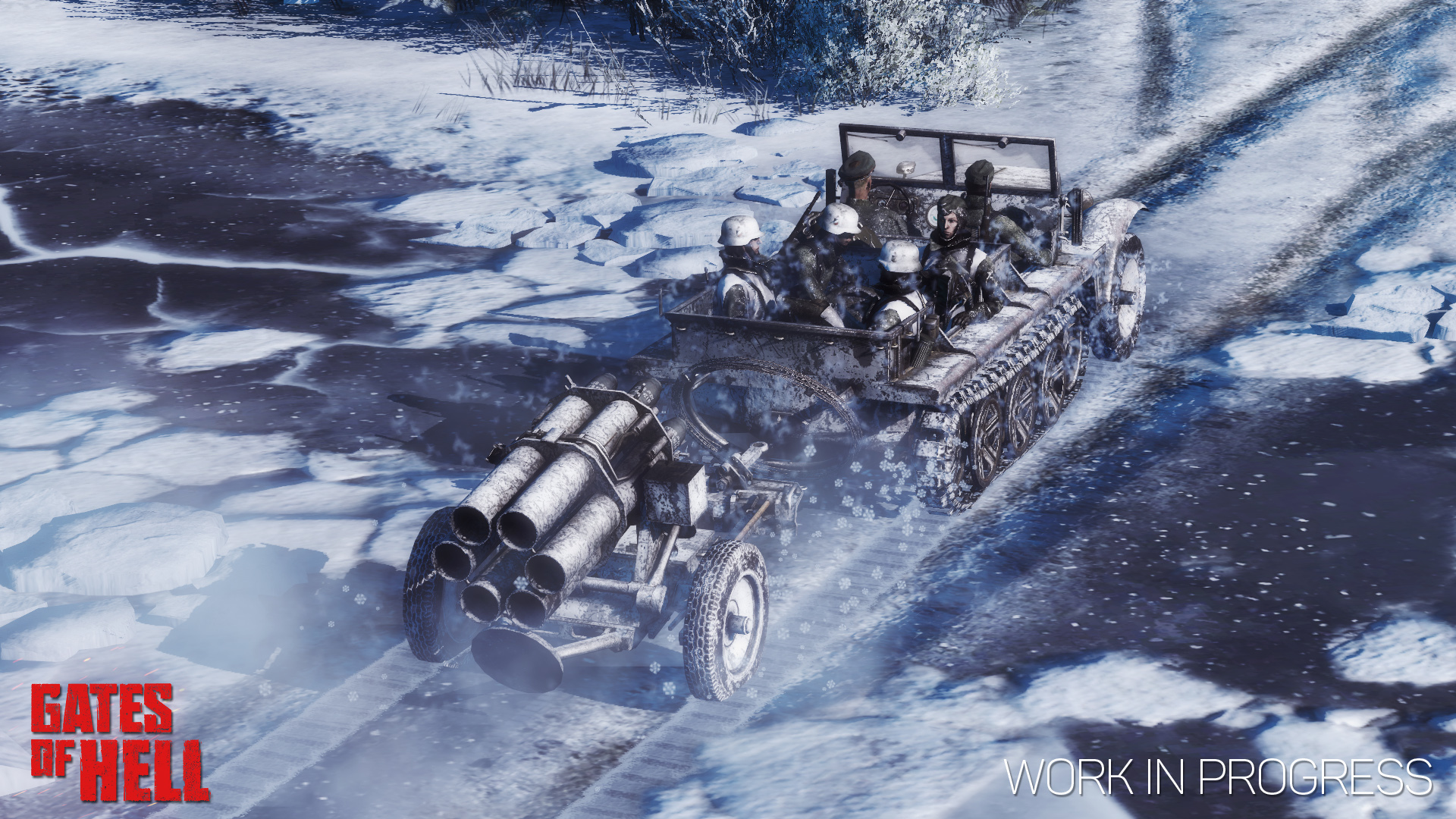
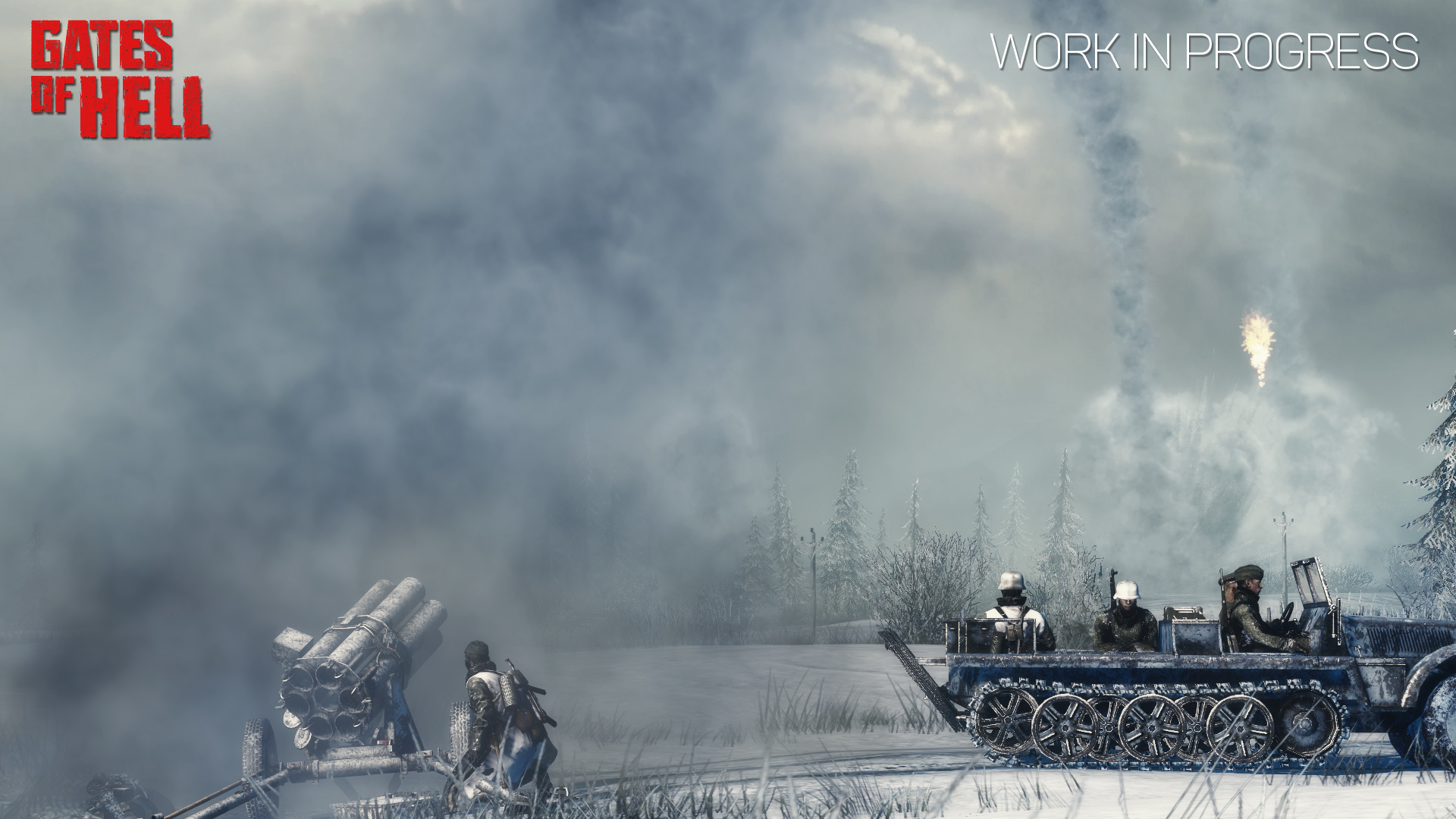
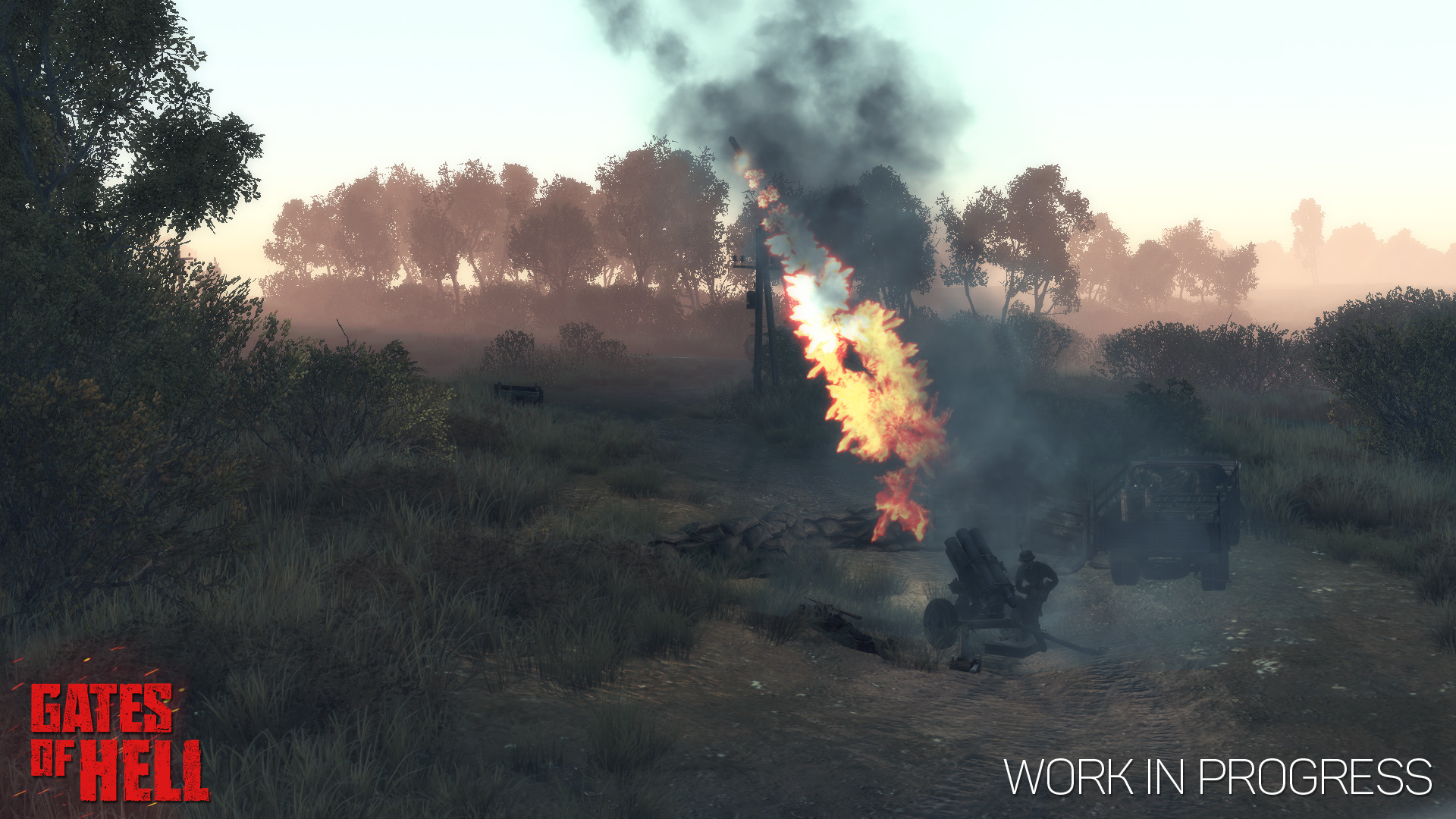
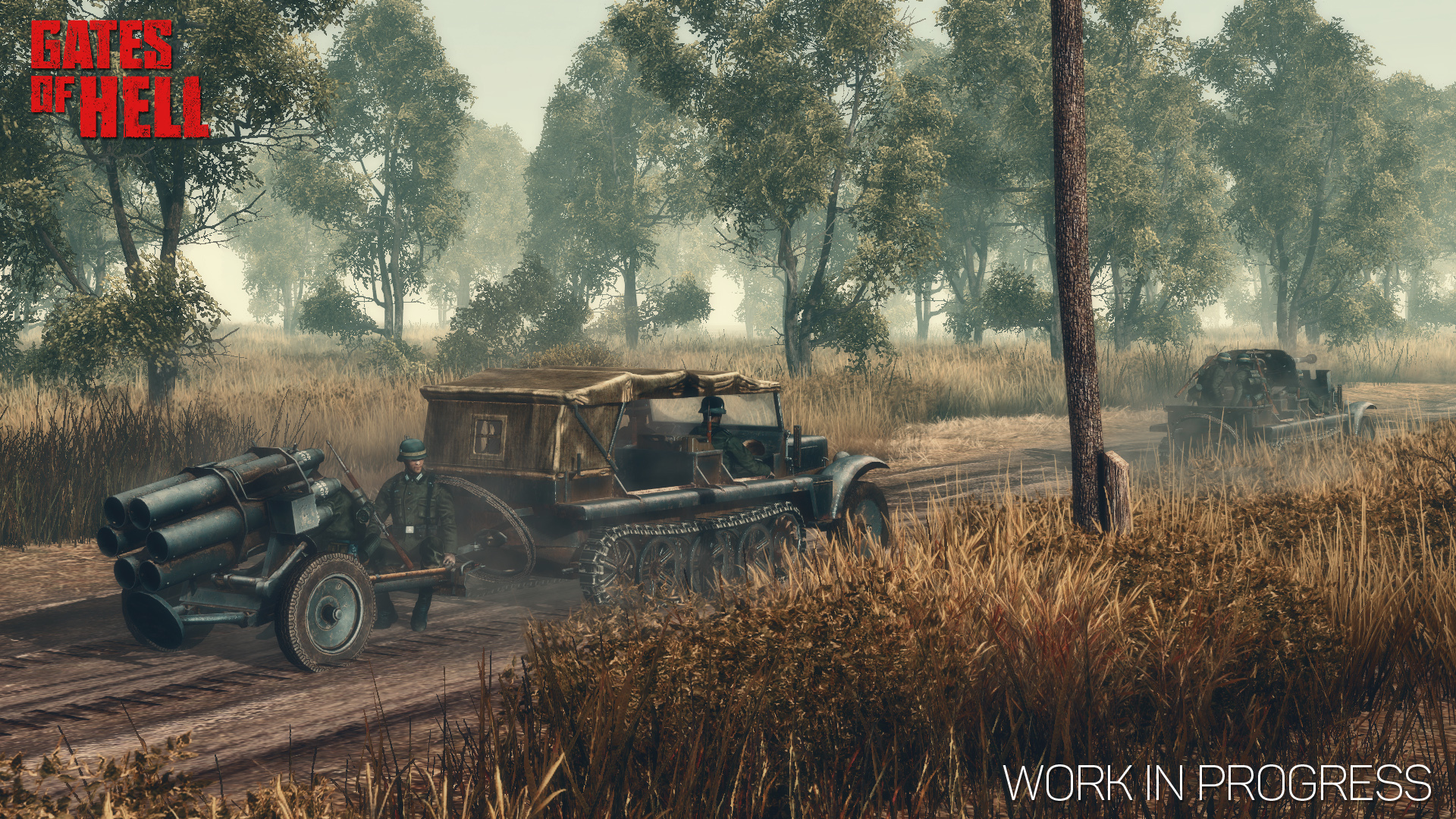
 Note: WiP alert! The flame effects and the animations are due to GIF limitations and do not represent the actual in- game effects.
Note: WiP alert! The flame effects and the animations are due to GIF limitations and do not represent the actual in- game effects.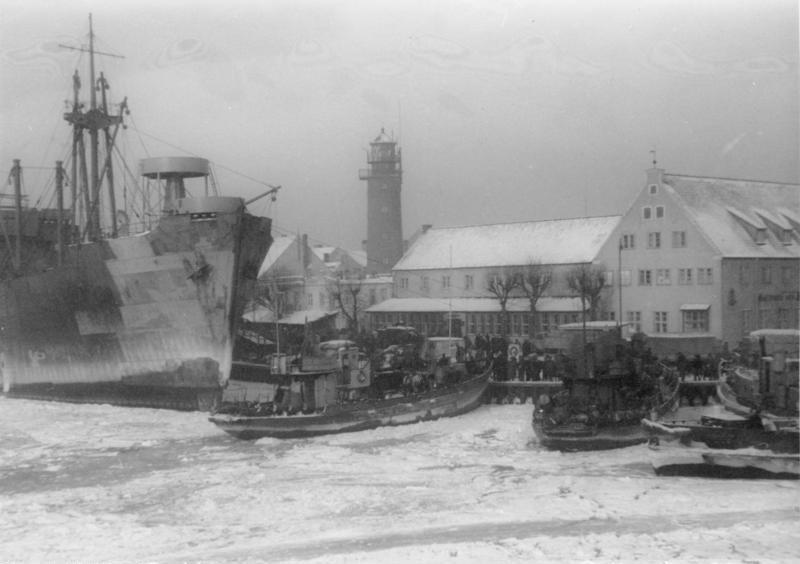 Civilians and soldiers line up to be evacuated in Pillau, 1945.
Civilians and soldiers line up to be evacuated in Pillau, 1945.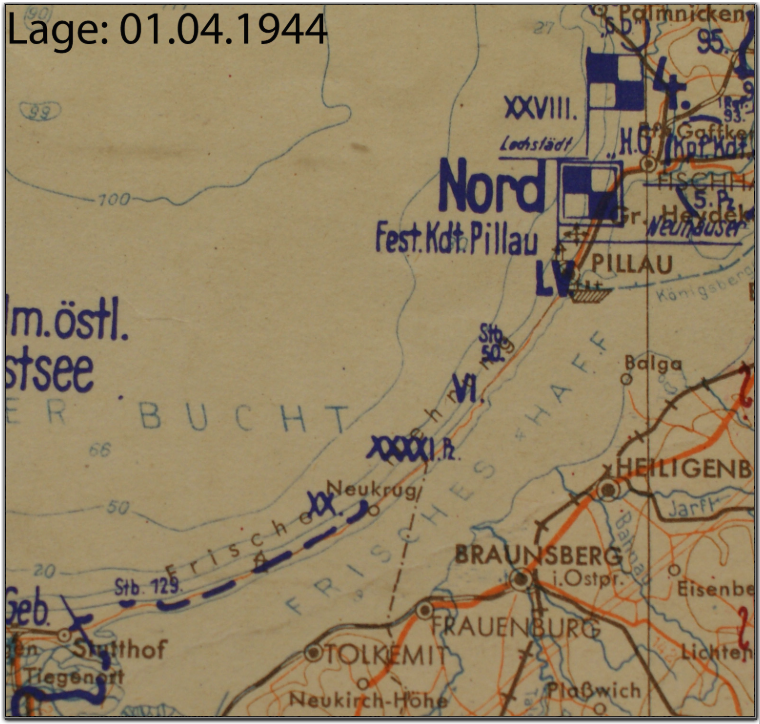 Part of a German situation map, indicating Pillau had a “fortress command”
Part of a German situation map, indicating Pillau had a “fortress command”